FOOD
15 Dining Etiquette Rules That Are Going Out of Fashion
Published
6 months agoon
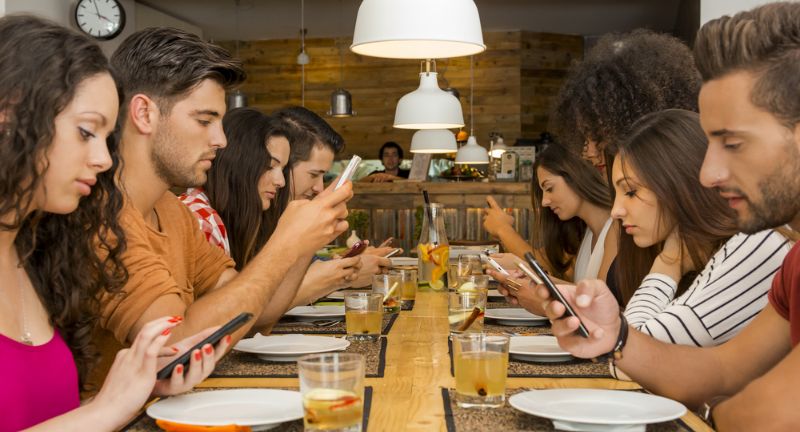
Arriving on Time

Waiting to Eat

Using the Correct Utensils
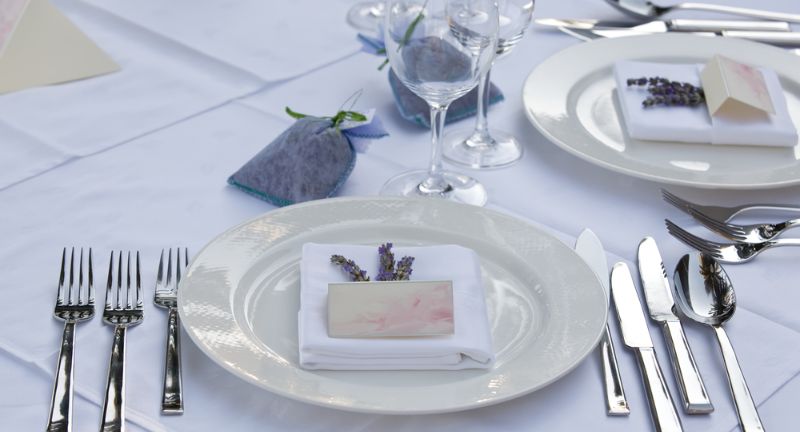
Napkin Etiquette

Chewing with Mouth Closed
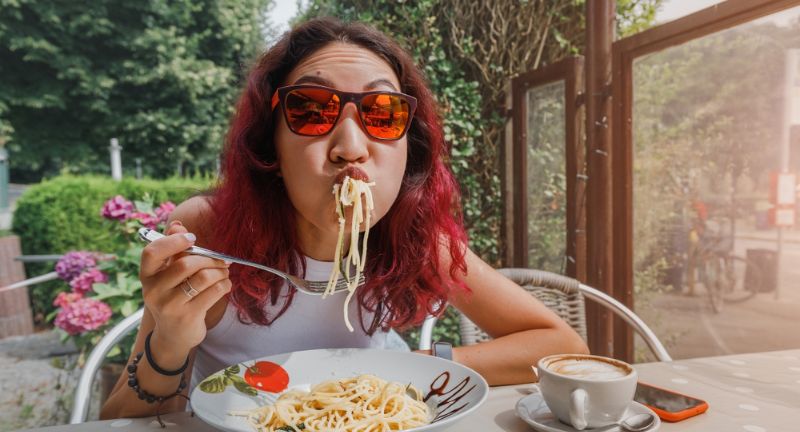
Serving Others
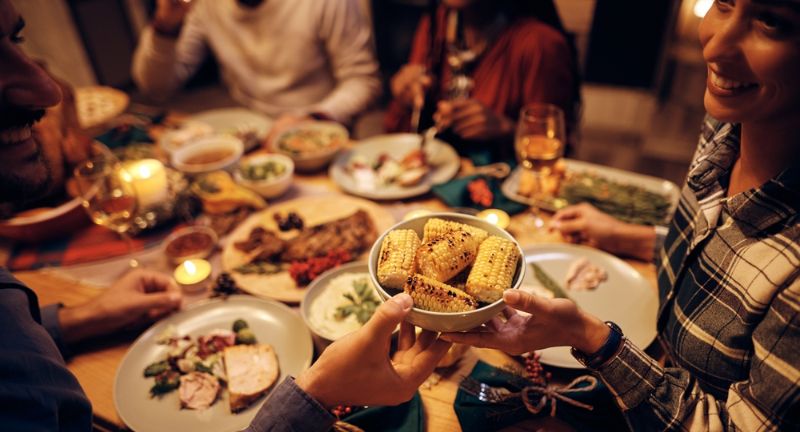
Bread and Butter

Posture at the Table
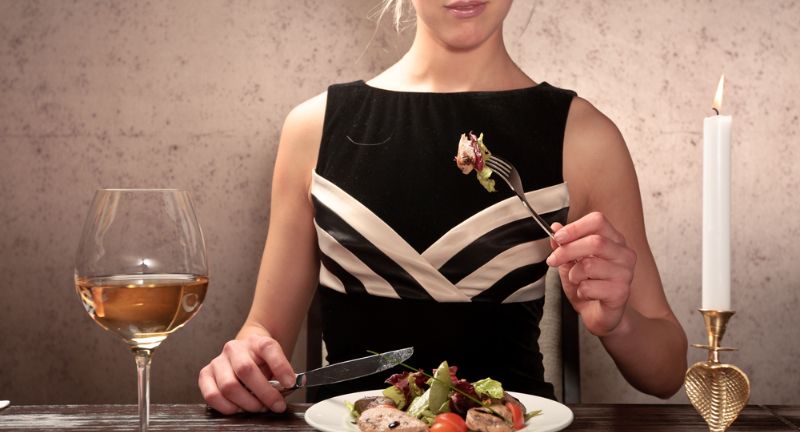
Handling Silverware
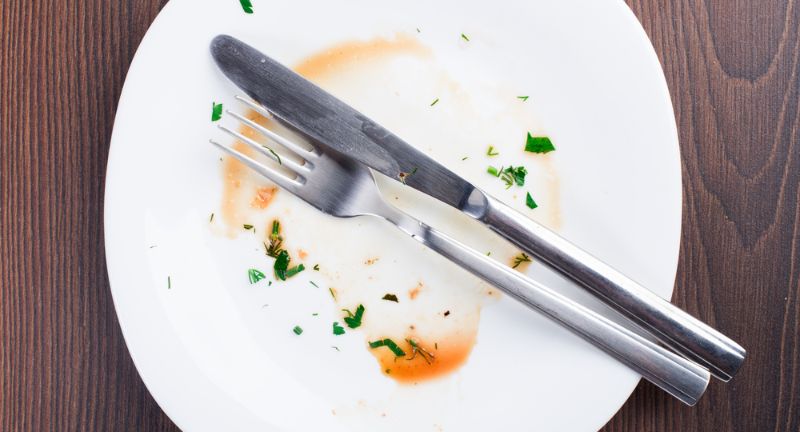
Reaching for Items
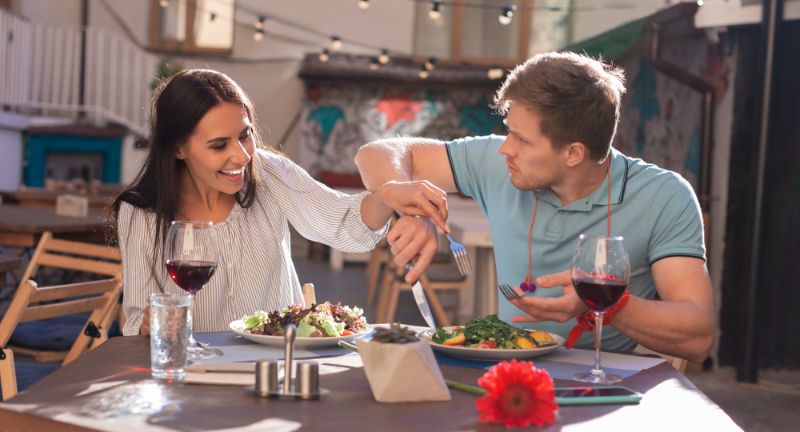
Proper Use of Salt and Pepper
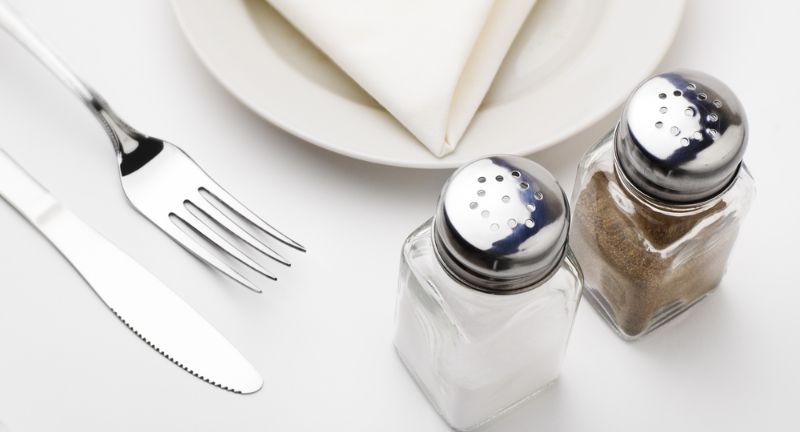
Excusing Yourself

Cell Phone Use

Small Talk
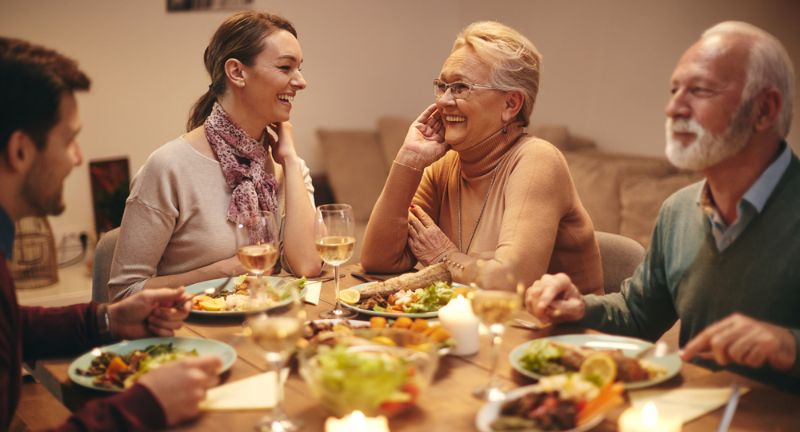
Thanking the Host

Conclusion


More From Lifestylogy
-


Juicing Recipes for Weight Loss You’ll Love!
-


Subway Launching Plant-Based Meatball Sub
-


P.F. Chang’s Frozen Meals Recalled
-
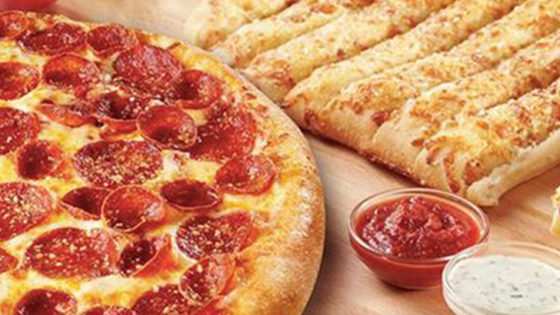

New Poll Reveals America’s Favorite Pizza Chain
-
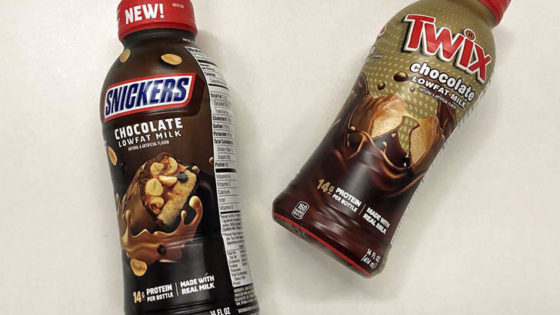

Snickers and Twix Flavored Milk Coming to a Store Near…
-


White Claw’s New Seltzer Line Contains Even More Alcohol
-


Shaquille O’Neal is Going Vegan!
-


Brace for More Food Shortages and Rising Prices
-


McDonald’s Is Bringing Back This Iconic Fan Fave!


Beat the Sniffles: Your Ultimate Cold and Flu Survival Guide
Winter often brings festive cheer, but it also ushers in cold and flu season, making it crucial to prioritize your...


25 Ways To Incorporate More Potassium Into Your Diet
Potassium is a vital mineral that supports muscle function, heart health, and overall well-being. Unfortunately, many people don’t get enough...


25 Ways To Incorporate More Magnesium Into Your Diet
Magnesium is an essential mineral that plays a key role in maintaining energy levels, muscle function, and overall health. Unfortunately,...


25 Foods To Avoid If You Are On A Low Sodium Diet
If you’re following a low-sodium diet, it can be challenging to avoid foods that are high in hidden salt. Many...